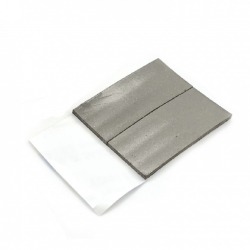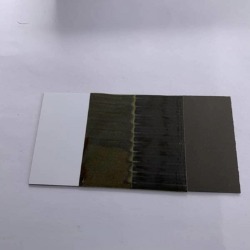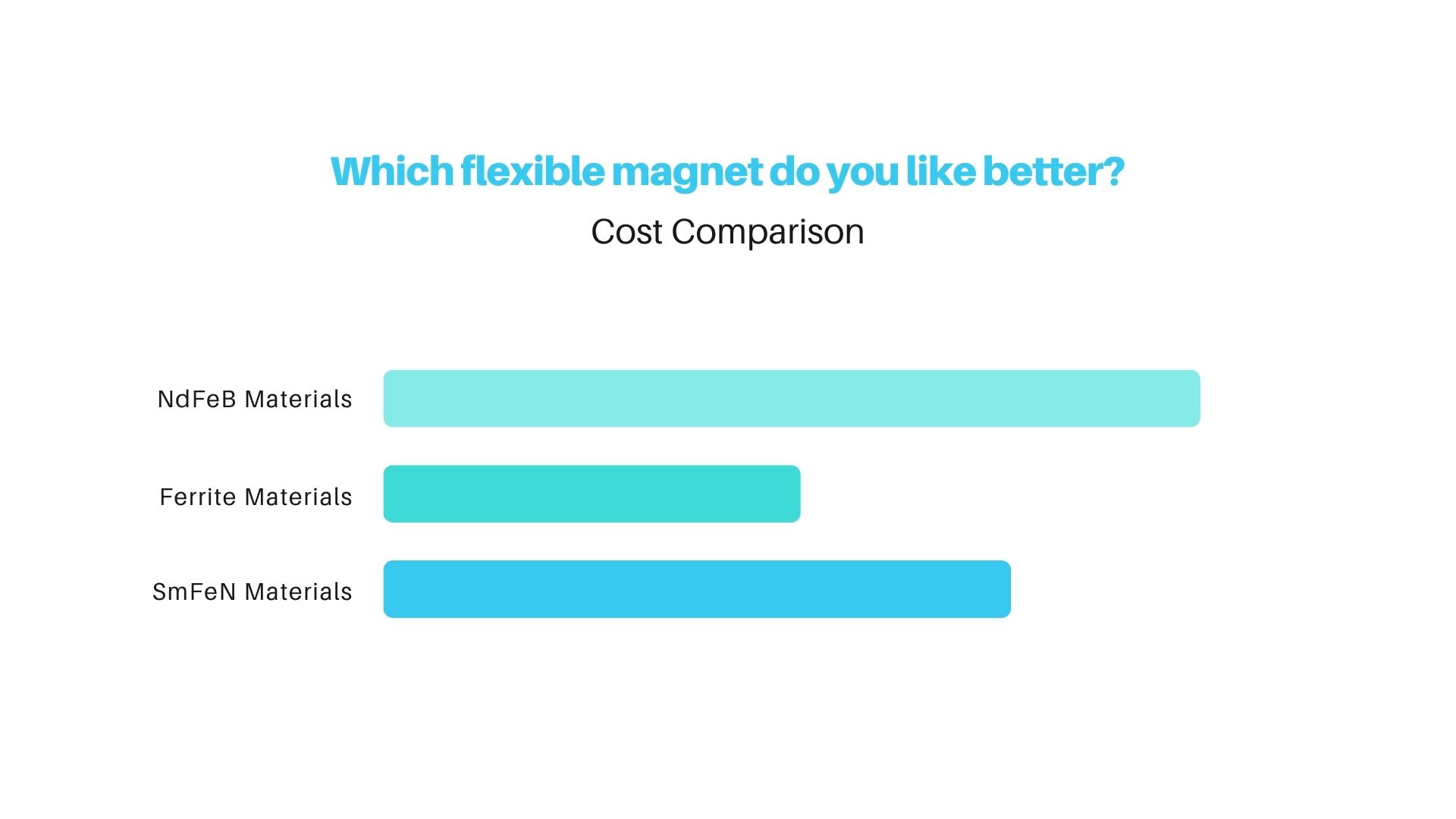What’s the Difference Between Ferrite, NdFeB, and SmFeN Flexible Rubber Magnets?
/ /As technology advances, more and more magnetic products are appearing in the market.
Ferrite, NdFeB (Neodymium), and SmFeN (Samarium Iron Nitride) flexible rubber magnets are all classified as flexible magnetic materials, but they differ significantly in terms of magnetic strength, cost, heat resistance, and corrosion resistance.
 |
 |
 |
| Flexible Ferrite | Flexible NdFeB | Flexible SmFeN |
Magnetic Strength:
-
The strongest type of flexible magnet. Even in small sizes, it provides high magnetic force, making it ideal for industrial applications.
-
SmFeN Flexible Magnets
Offers a balance between strength and cost. It has good magnetic performance and is more corrosion-resistant than NdFeB. - Has the weakest magnetic strength among the three, but it's sufficient for everyday use and the most cost-effective.
Heat and Corrosion Resistance:
-
Ferrite Flexible Magnets:
Good resistance to high temperatures and corrosion. Very durable. -
NdFeB Flexible Magnets:
Sensitive to heat and may lose magnetic strength in humid or oxidizing environments. -
SmFeN Flexible Magnets:
Better rust and corrosion resistance compared to NdFeB, making it a more stable and cost-effective choice.
Cost:

In summary:
-
Choose NdFeB if you need strong magnetism.
-
Choose Ferrite if you're looking for stability and low cost.
-
Choose SmFeN if you want a balance between performance and durability.